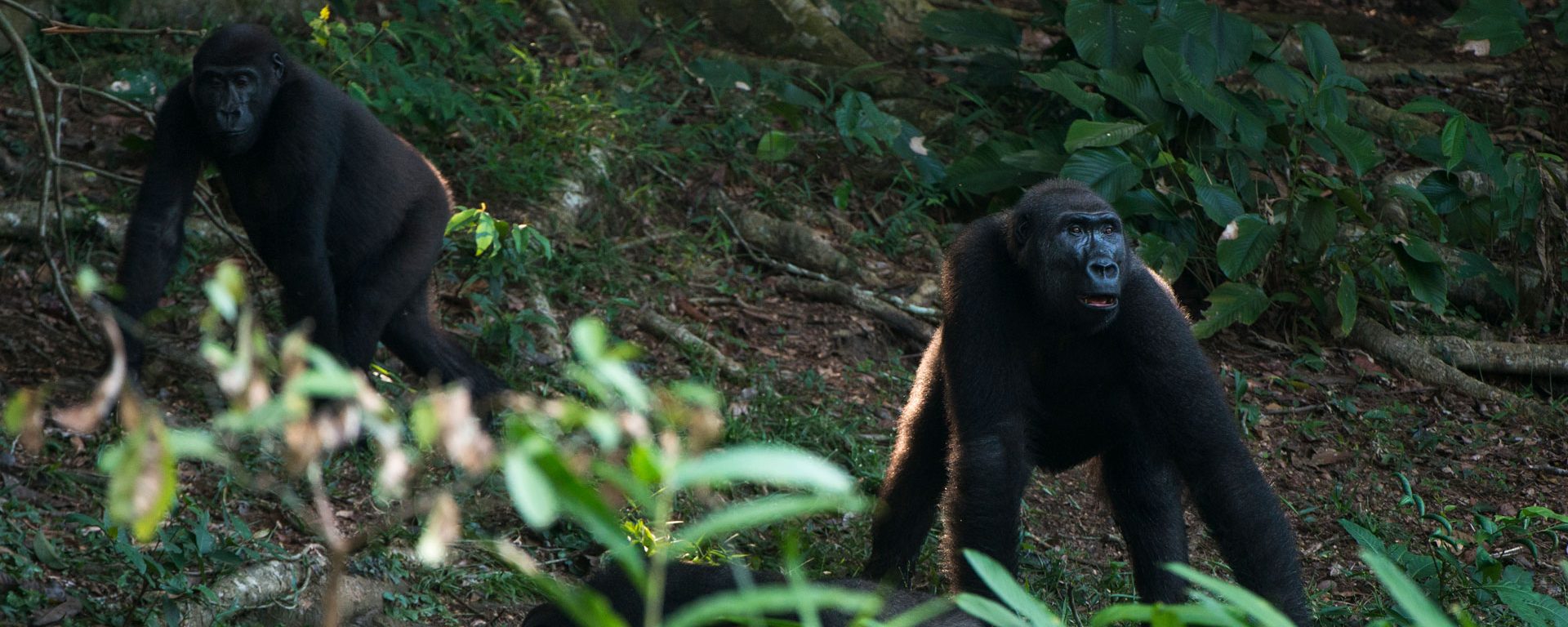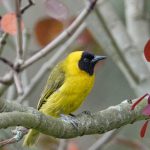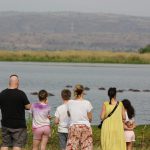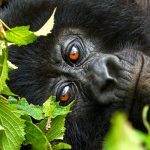What do you know about Low Land Gorillas? Though often misunderstood by many, low land Gorillas are yet another interesting species of primates that are not found anywhere in East Africa apart from the Democratic Republic of Congo.
They are the largest of the world’s two Gorilla species namely, the western lowland gorillas and the mountain gorillas. Basing on the WWF organization, research believes that the population of eastern lowland gorillas has declined by more than 50% since the 1990s when their population numbered 17,000 worldwide.
This decline is blamed on the increasing poaching practices in destinations where these species are found, rebels and other effects not stated. Despite all, measures are now being taken to stop poachers from destroying the gorilla numbers even further.
The lowland gorillas are further divided into two sub-species – the western and Eastern lowland gorillas found only in Kahuzi Biega National Park. Also, Western lowland Gorillas are often found in zoos and some scattered in the Equatorial Guinea, Gabon, Congo Brazzaville, Angola, Central African Republic, Cameroon and the Democratic Republic of Congo.
Kahuzi-Biega National Park and Maiko National Park are the two homes of the low land gorillas found in the Democratic Republic of Congo.
When you closely observe the eastern lowland gorilla, you will notice their uniqueness, stocky body, short muzzle, and larger-than-average hands. Their diet is made up of mainly plant stems and most fruits.
These apes are quite peaceful though they can, roar, scream and charge when the need arises and if provoked. The males may fight over females once in a while but only occasionally. These Gorillas spend their days climbing, swinging on treetops and playfully chasing each other. Their diet consists of leaves, stems, fruits, and shrubs; every group is led by a dominant silverback.
Females usually move on to join a lone male or another group of their preference once they reach a certain age. Both species build nests on the ground to rest in the middle and end of each day using leaves, shrubs and tree branches.
Lowland gorillas are well thought of as seriously in danger of extinction and are included in the International Union for Conservation of Nature (IUCN) list of species that need special protection. This is because they live in regions that are often volatile; they are killed for meat or caught in fights between rebel groups. Their habitats are being destroyed by humans interested in mining, logging, expanding grazing lands, establishing farmlands and new settlements. Diseases such as Ebola have been found to wipe out entire families.
However, all is not lost for the lowland gorillas. Conservationists and researchers are working tirelessly to ensure their survival. World Wildlife Fund (WWF) is one organization that has taken lead in attracting funds and raising awareness about the need for closer monitoring and conservation of lowland gorillas.
You will need to have passion and interest in case of tracking these apes. It is an activity that will leave you very satisfied, however, take caution as you consider to carry on with the activity such as, keeping distance of about 8 meters when watching lowland gorillas, right clothing (rain jackets, long trousers, masks, etc.) and Hiking shoes for walking through mud, forest and difficult terrain, drinking water, snacks, and a camera, etc.
Gorilla tracking in Kahuzi-Biega National park commences with a briefing at the Tshivanga Visitor Centre located outside the park entrance. Park rangers take visitors through the do’s and don’ts while in the jungle with the different gorilla families in the terrain where they live. Thereafter, you are free to take photos and notes about these apes.
The fact is, the chances of finding the eastern lowland gorillas are low compared to mountain gorillas since they live in a large area that will require you to move long distances, but all the same the entire experience of meeting them face to face is completely worthwhile.






